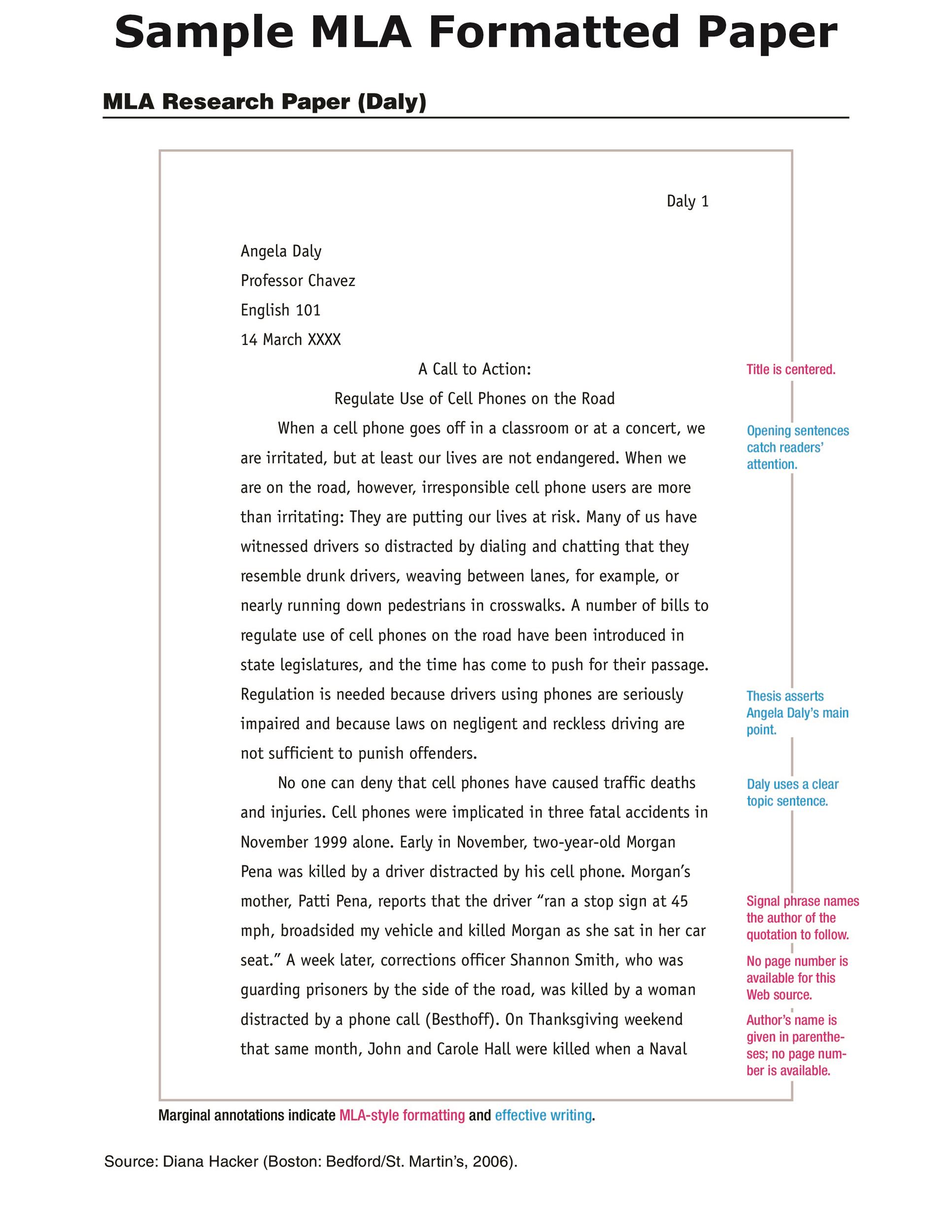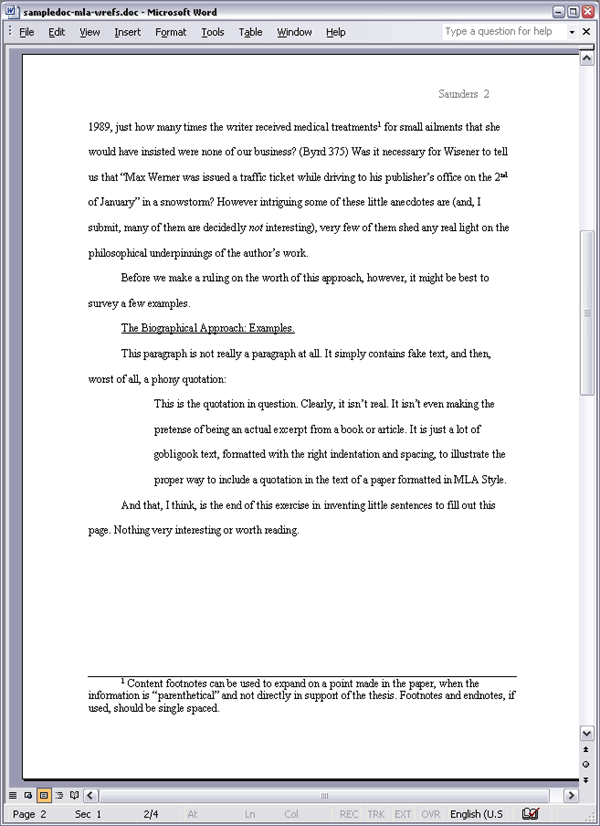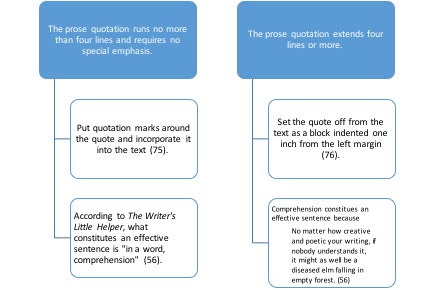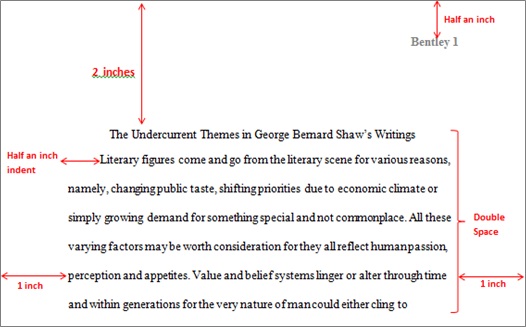MLA (Modern Language Association) style is a standardized writing style that is widely used in the fields of literature, language, and the humanities. This style is designed to make it easy for writers to cite sources, as well as to make it easy for readers to understand the sources being cited.
One of the key principles of MLA style is the use of in-text citations to acknowledge the sources of ideas and quotations. When you include a quotation or idea from a source in your essay, you must include an in-text citation to give credit to the original source. In-text citations typically include the author's name and the page number of the source. For example:
According to John Smith, "the use of in-text citations is essential to academic writing" (45).
In this example, the in-text citation includes the author's name (John Smith) and the page number (45) of the source.
In addition to in-text citations, MLA style also requires a works cited page at the end of the essay. The works cited page lists all of the sources that you have cited in your essay, including books, articles, and other materials. Each entry in the works cited page must include the full bibliographic information for the source, including the author's name, the title of the work, the publisher, and the publication date.
Another important aspect of MLA style is the use of correct formatting and layout. In general, MLA style requires that essays be written in 12-point font, with 1-inch margins on all sides, and with the text left-aligned. Headings and subheadings should be used to help organize the essay and make it easier to read.
Finally, it is important to follow the rules of grammar and punctuation when writing in MLA style. This includes using correct verb tense, avoiding slang and colloquial language, and using proper punctuation.
Overall, following the rules of MLA style is essential to producing high-quality academic writing. By citing your sources correctly, formatting your essay correctly, and using proper grammar and punctuation, you can ensure that your writing is clear, accurate, and professional.







